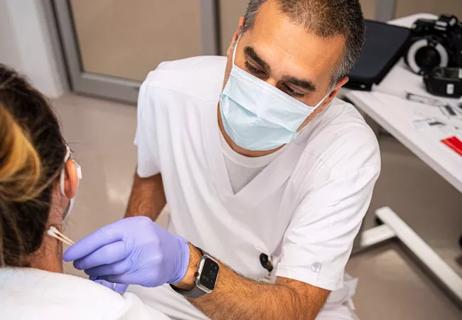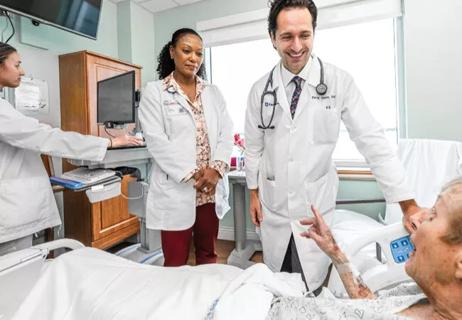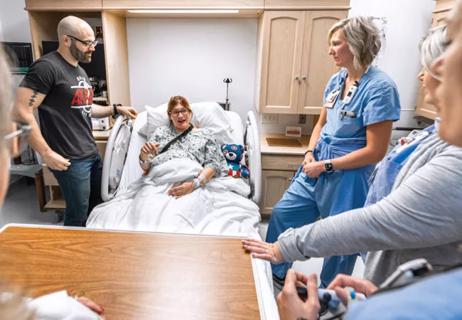A primary factor in meeting attendance is being on work time

A few years ago, two assistant nurse managers on the medical-surgical/orthopedic unit at Cleveland Clinic Medina Hospital noticed the dishearteningly low attendance at unit meetings held four times a month.
Advertisement
Cleveland Clinic is a non-profit academic medical center. Advertising on our site helps support our mission. We do not endorse non-Cleveland Clinic products or services. Policy
“Attendance was flagging, so we tried a call-in option and we saw a substantial increase,” says Elizabeth Cai, MSN, RN, CMSRN, Assistant Nurse Manager. “But it was still the same people every time, and we questioned why some people attended and others did not.”
Cai, who also serves on the Research Council at Medina Hospital, discussed it with Sandra L. Siedlecki, PhD, RN, APRN-CNS, FAAN, Senior Nurse Scientist in Cleveland Clinic’s Office of Nursing Research and Innovation, who encouraged her to study the topic. Cai collaborated with Ashley Hall, MSN, RN, Assistant Nurse Manager on the medical-surgical/orthopedic unit, to identify factors that influence attendance at unit meetings, as well as participation in shared governance.
Cai and Hall created a short survey with three sections: demographics, participation in shared governance activities and attendance at unit meetings. They emailed the survey to more than 500 registered nurses at nine hospitals within the Cleveland Clinic Health System. The aim was to:
Advertisement
Research study investigators found that satisfaction with nursing as a career and optimism that nurses can change things were the primary predictors of shared governance participation and unit meeting attendance. Demographics such as age, years of experience and education level did not predict participation or attendance.
The main facilitator for shared governance participation and unit meeting attendance was providing work time (paid time) to attend.
Hall says the takeaways for nurse leaders are straightforward: “Time used to complete unit-based, nonclinical work is important and should be considered work time, even when completed from home. Nurse managers should budget for time spent by employees in shared governance and unit meeting activities. The second message is to ensure that all unit employees feel empowered to make a change in unit-specific and hospital-wide processes and systems.”
When shared governance participation and unit meeting attendance are supported, nurses have a greater opportunity to share ideas for improving processes and systems of care that can enhance work satisfaction and clinical outcomes – both of which are important.
“Further, shared governance and unit meetings are crucial for nurse education and communication,” says Cai. “This is the time to voice concerns and collaborate with nurses on the unit or throughout the hospital.”
Complete study results were published in 2021 in the Journal of Nursing Management.
Advertisement
Advertisement

Nurses play pivotal role in patients’ ability to recover in the comfort of their own homes

Advocating for patient safety is imperative in fast-paced surgical settings

Advice for those pursuing a WOC nursing career

Redesigned protocols enhance infection-prevention measures

Longevity in healthcare, personal experiences may provide caregivers with false sense of confidence

Specialized team prioritizes trauma-informed care and evidence collection

Collaborative approach leans on expertise of nurses

TeamBirth aims to improve outcomes by facilitating collaboration between patients and caregivers